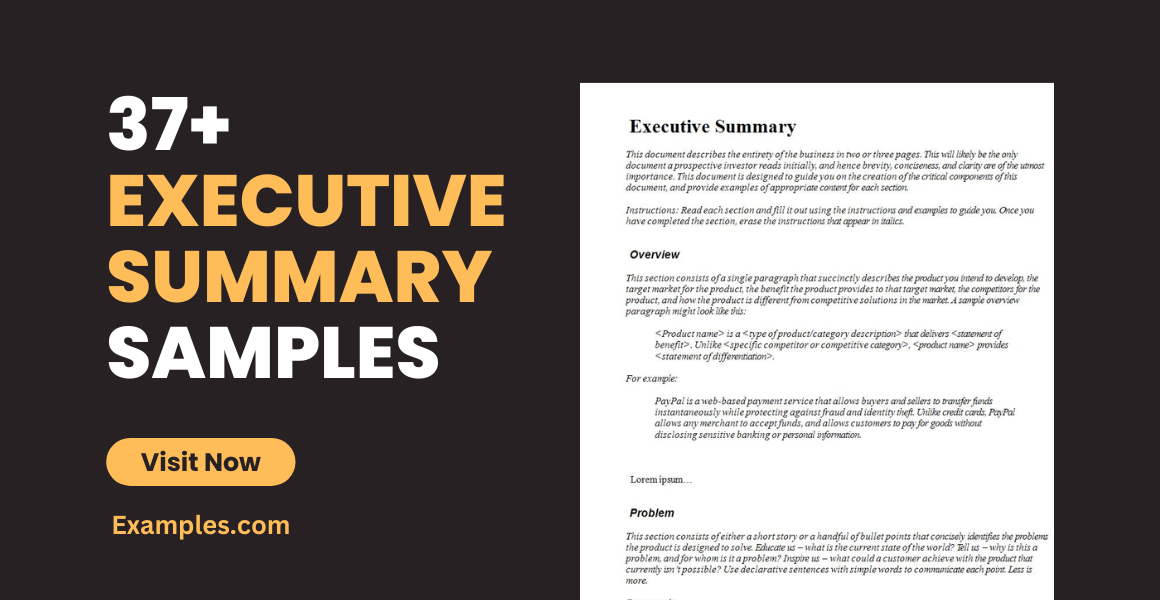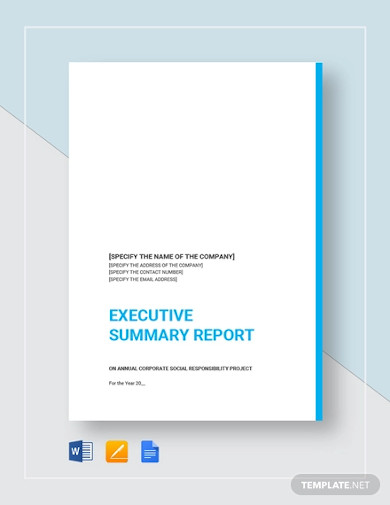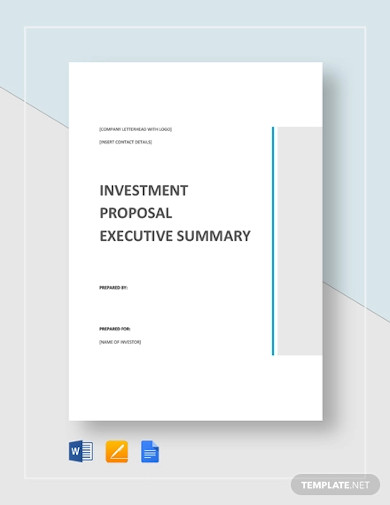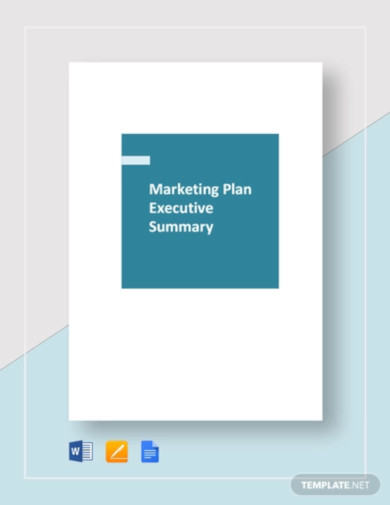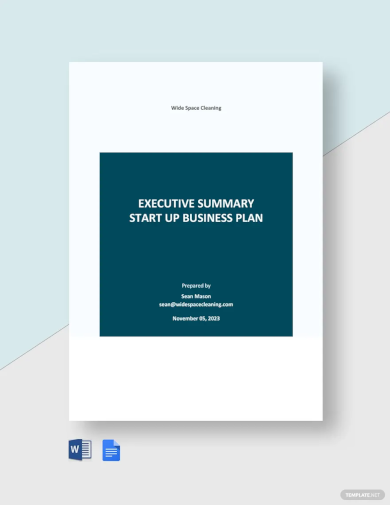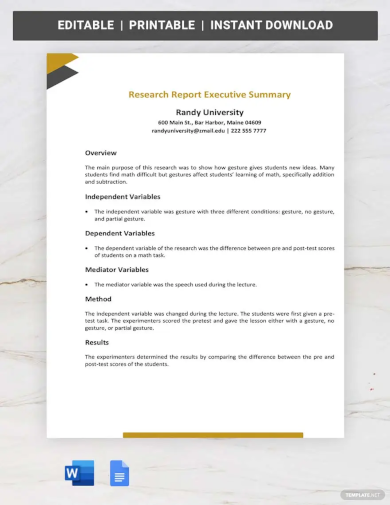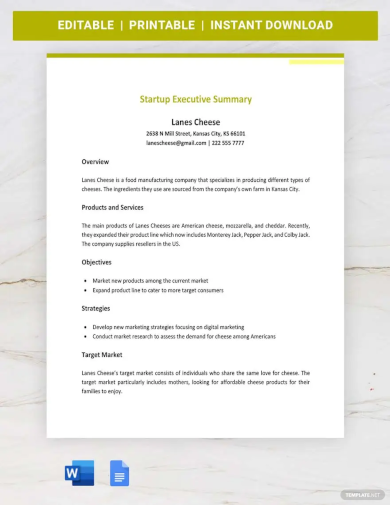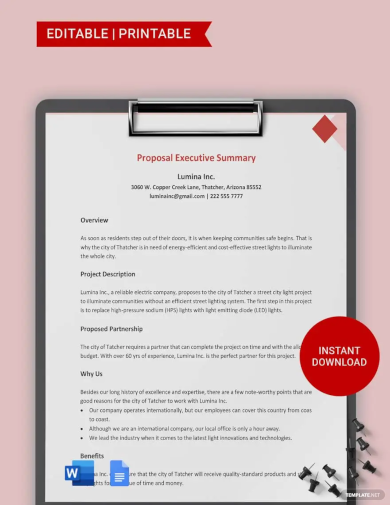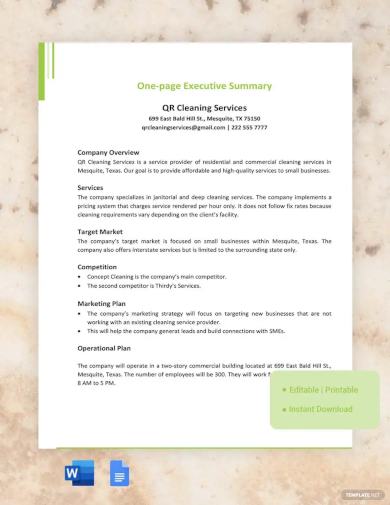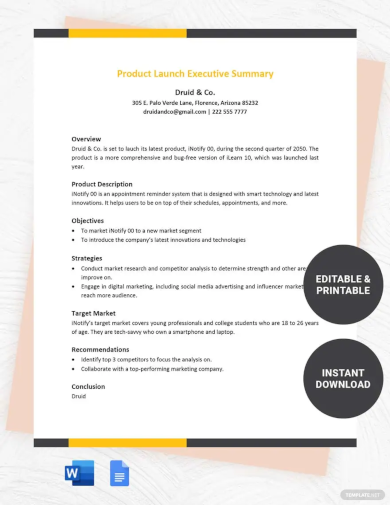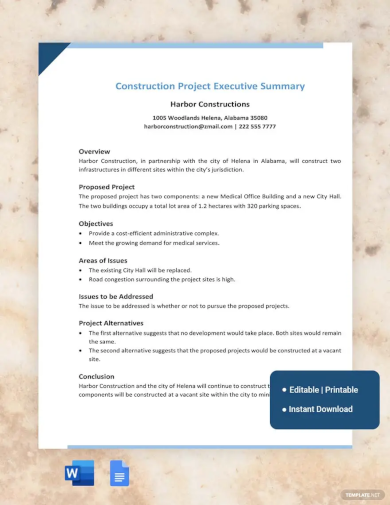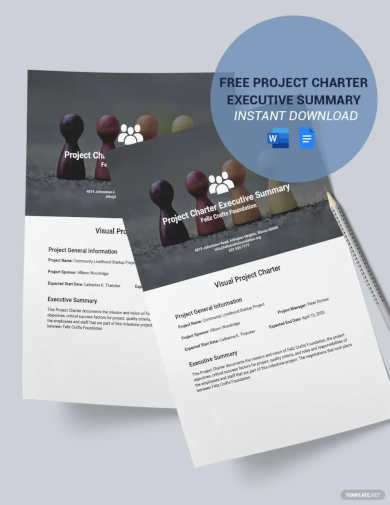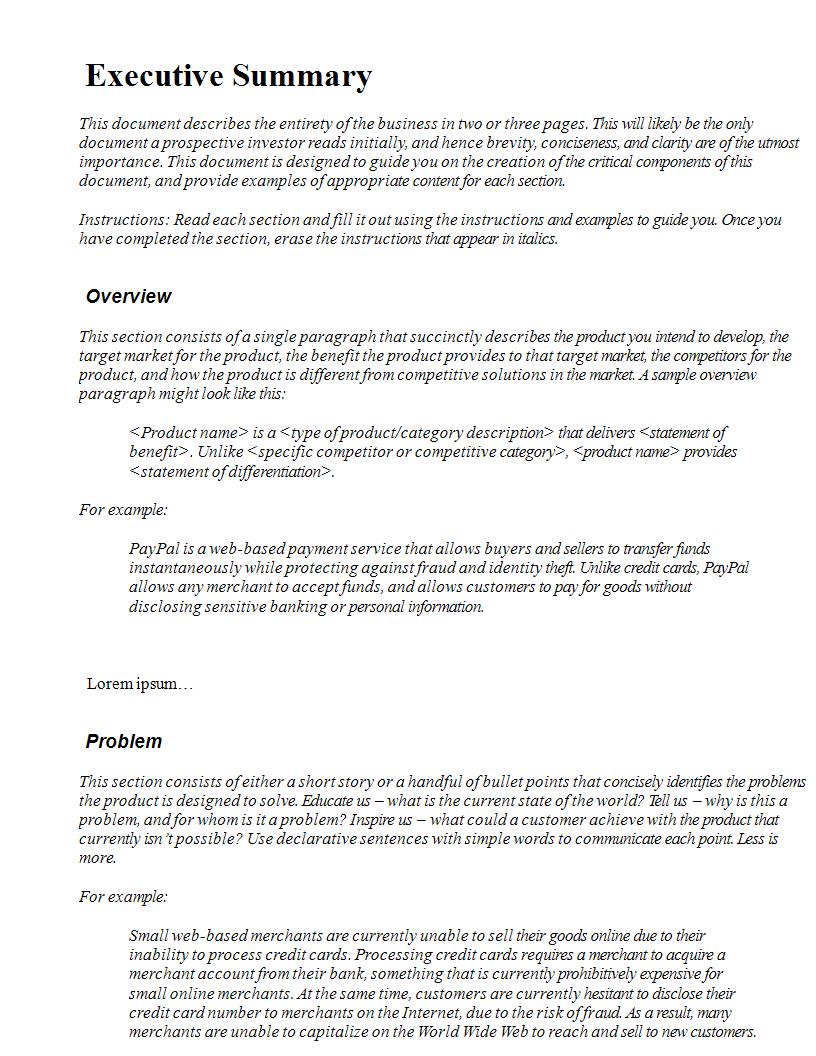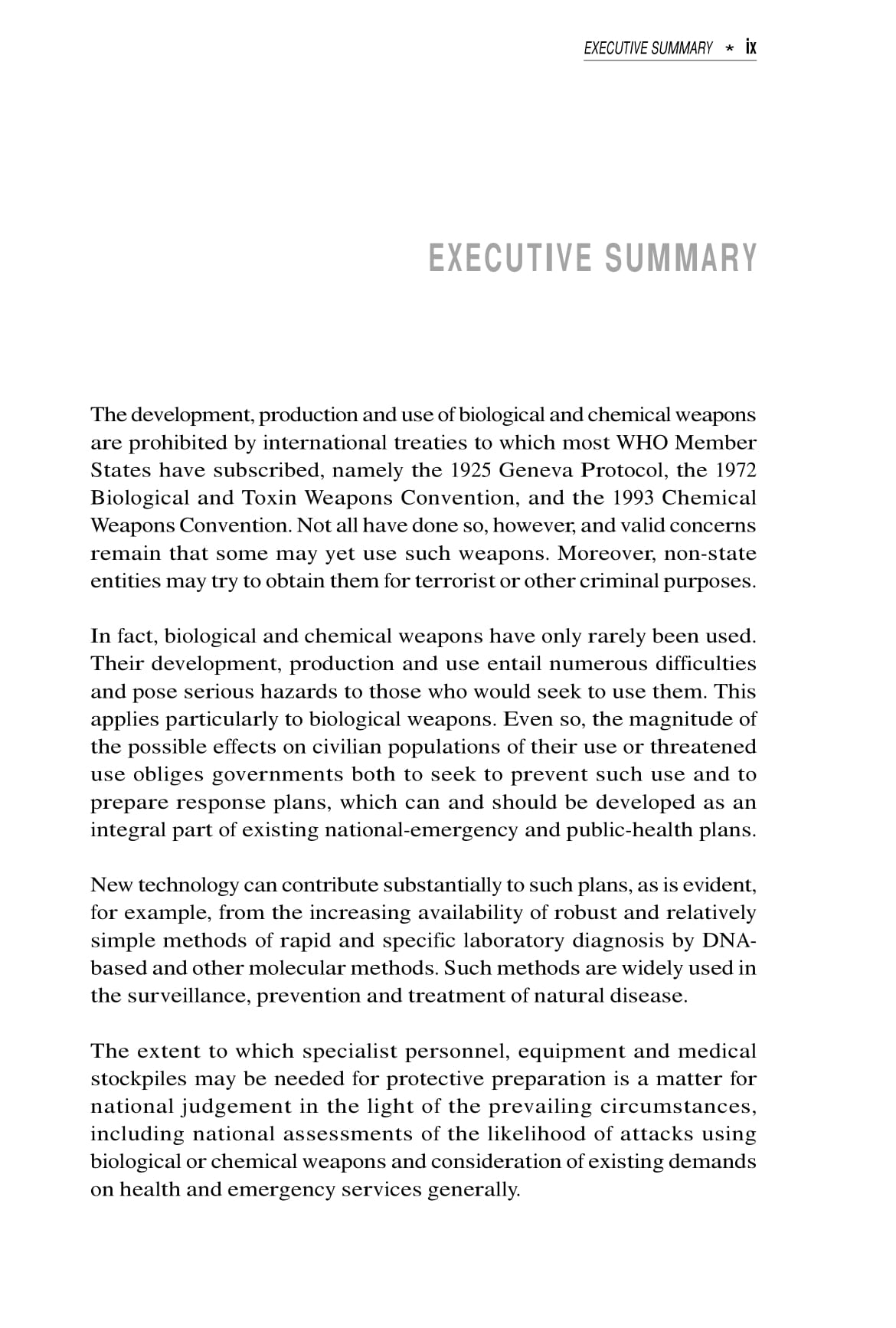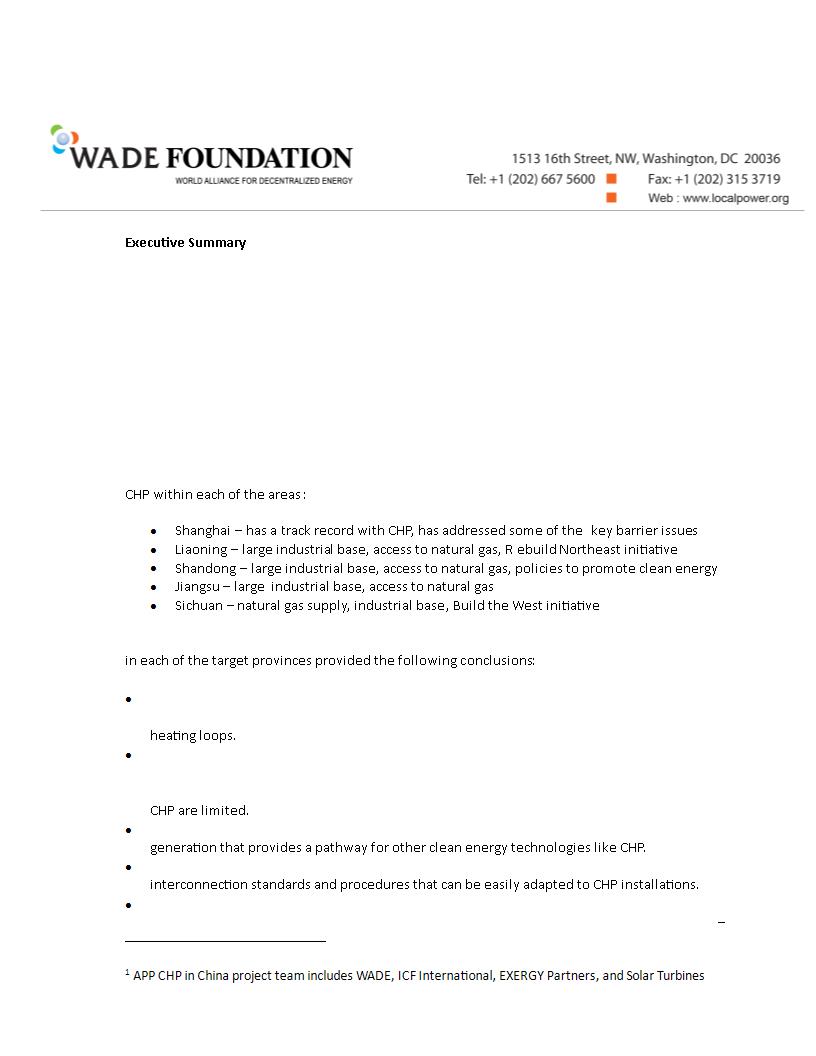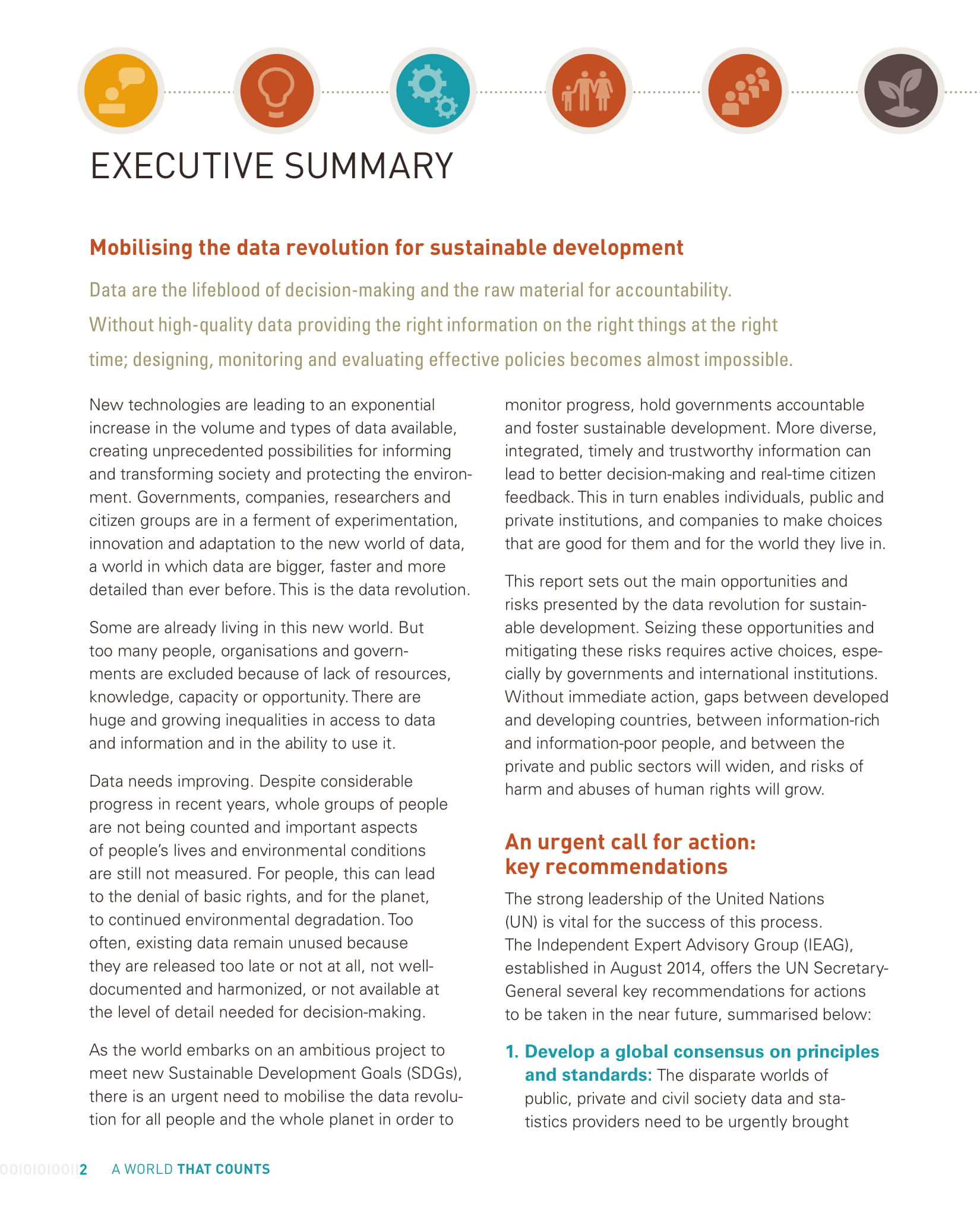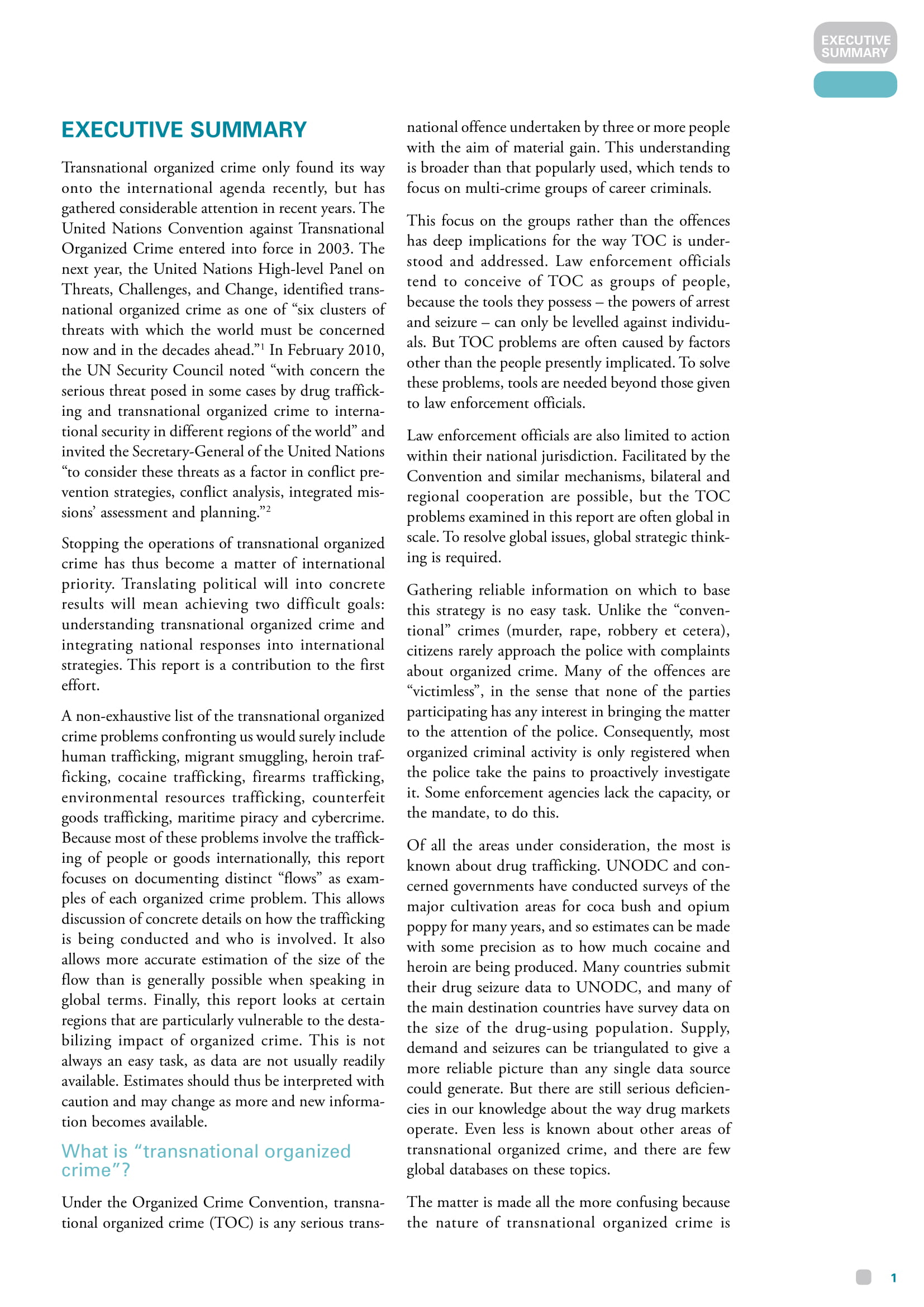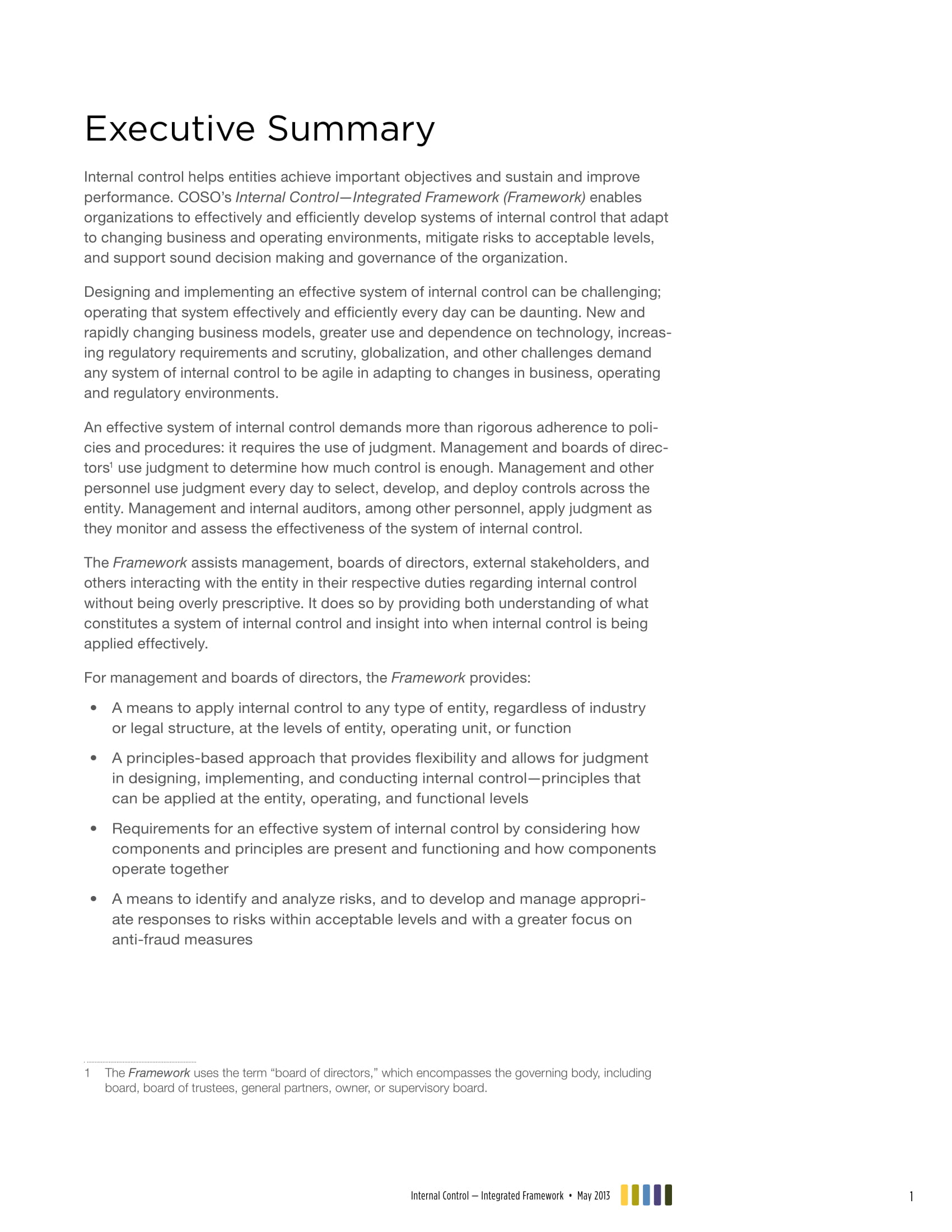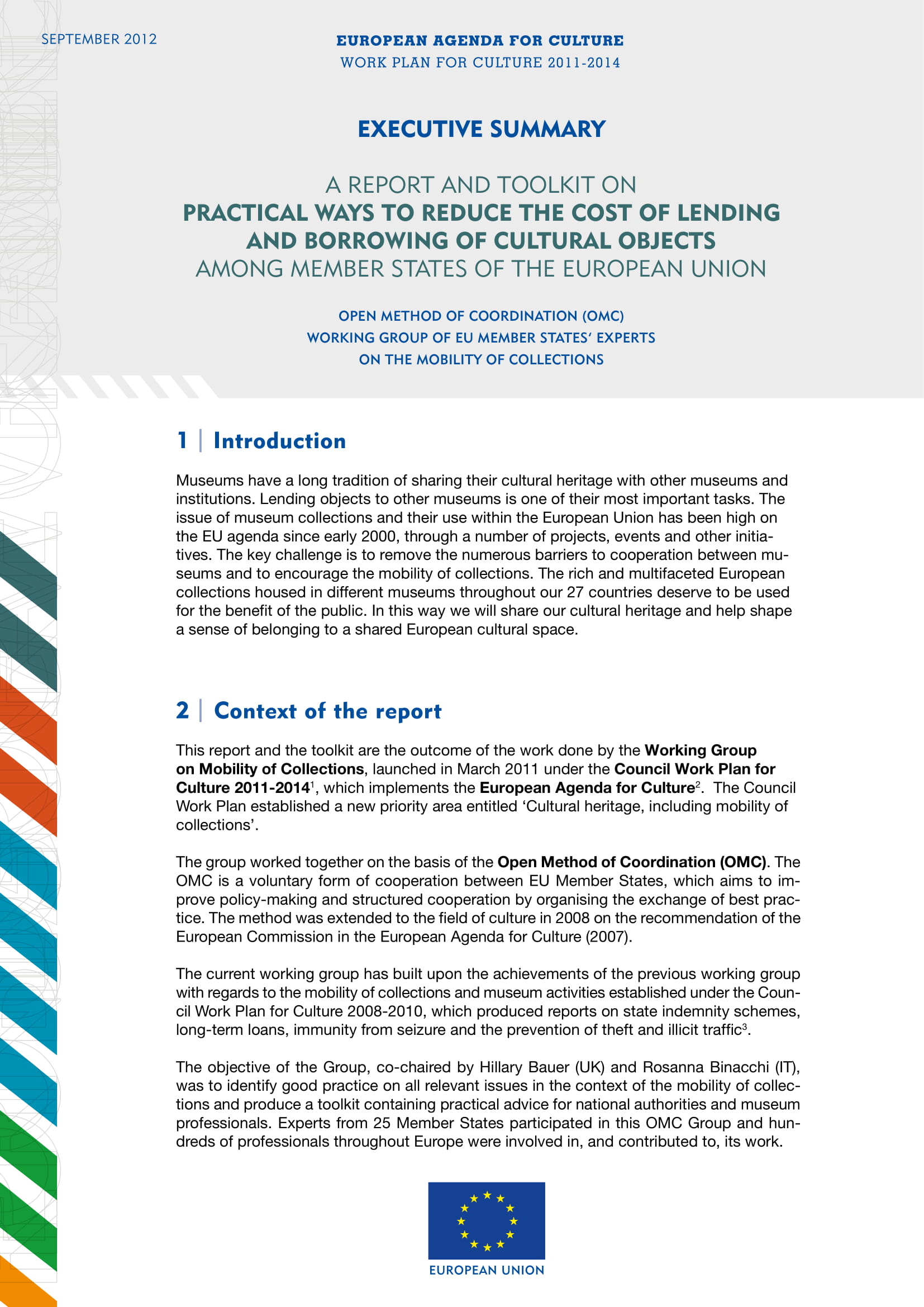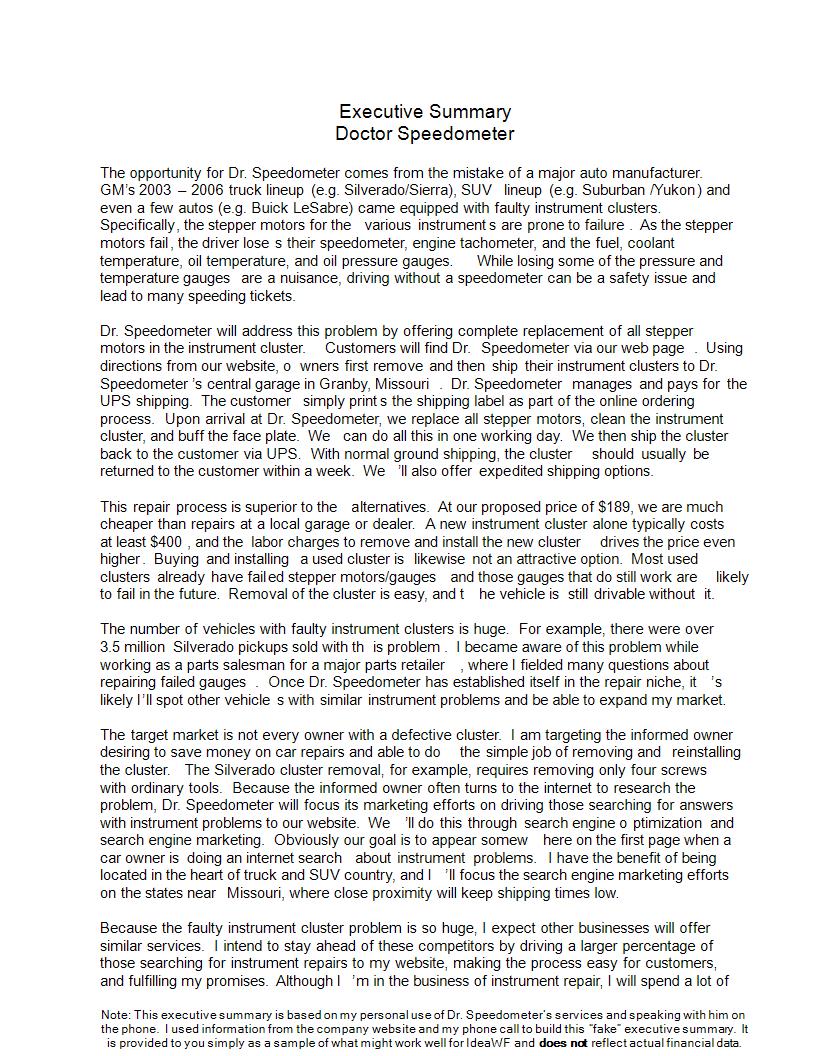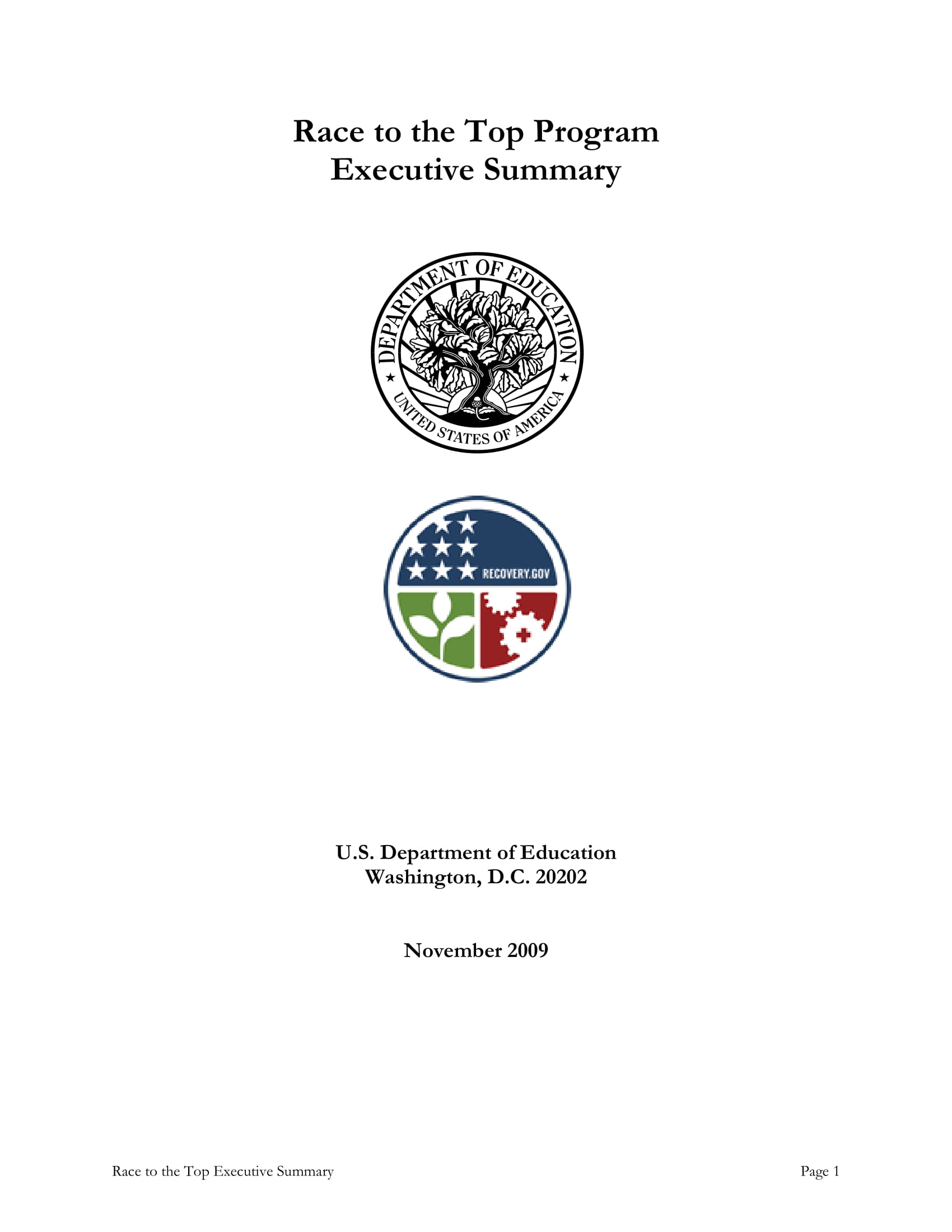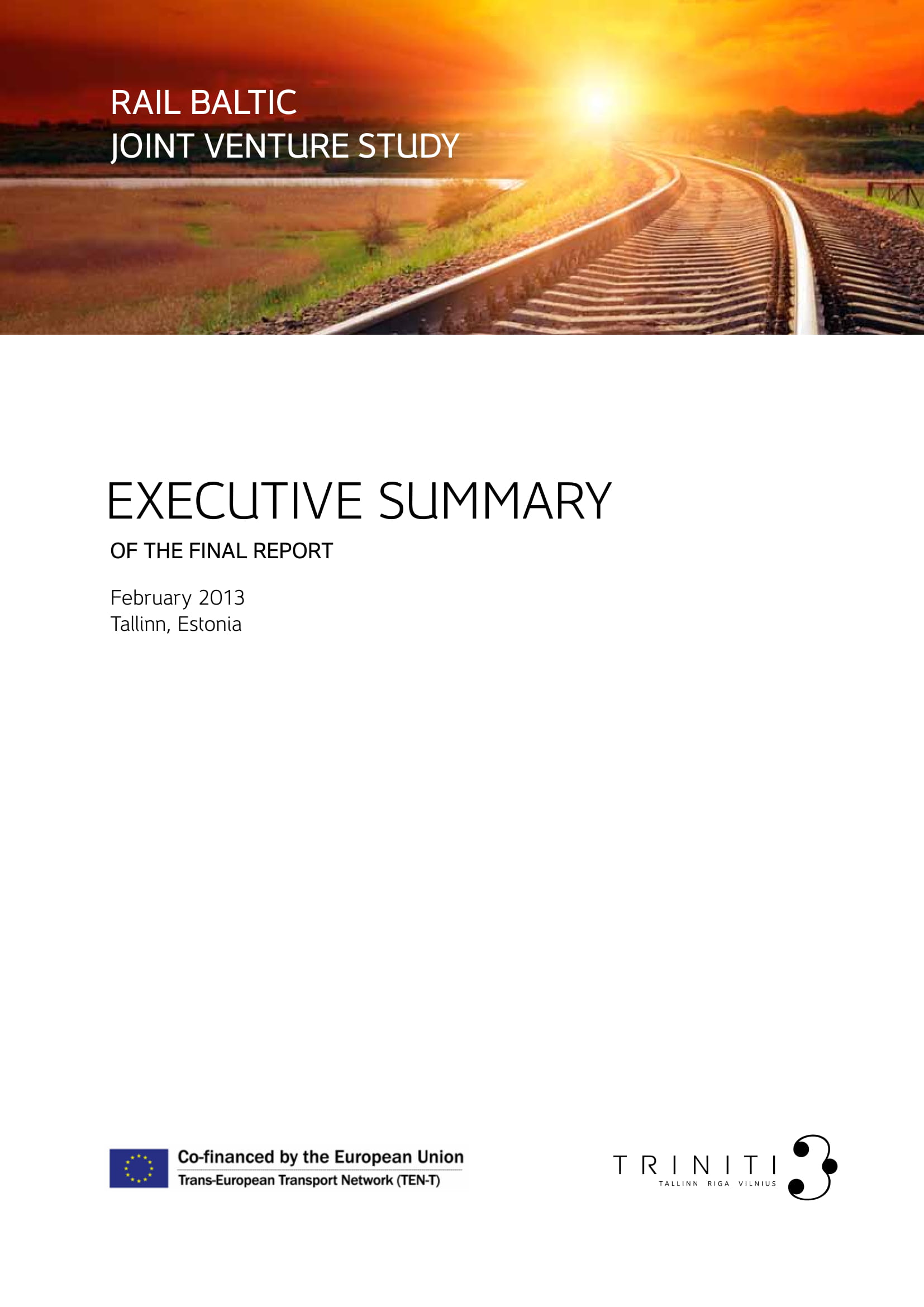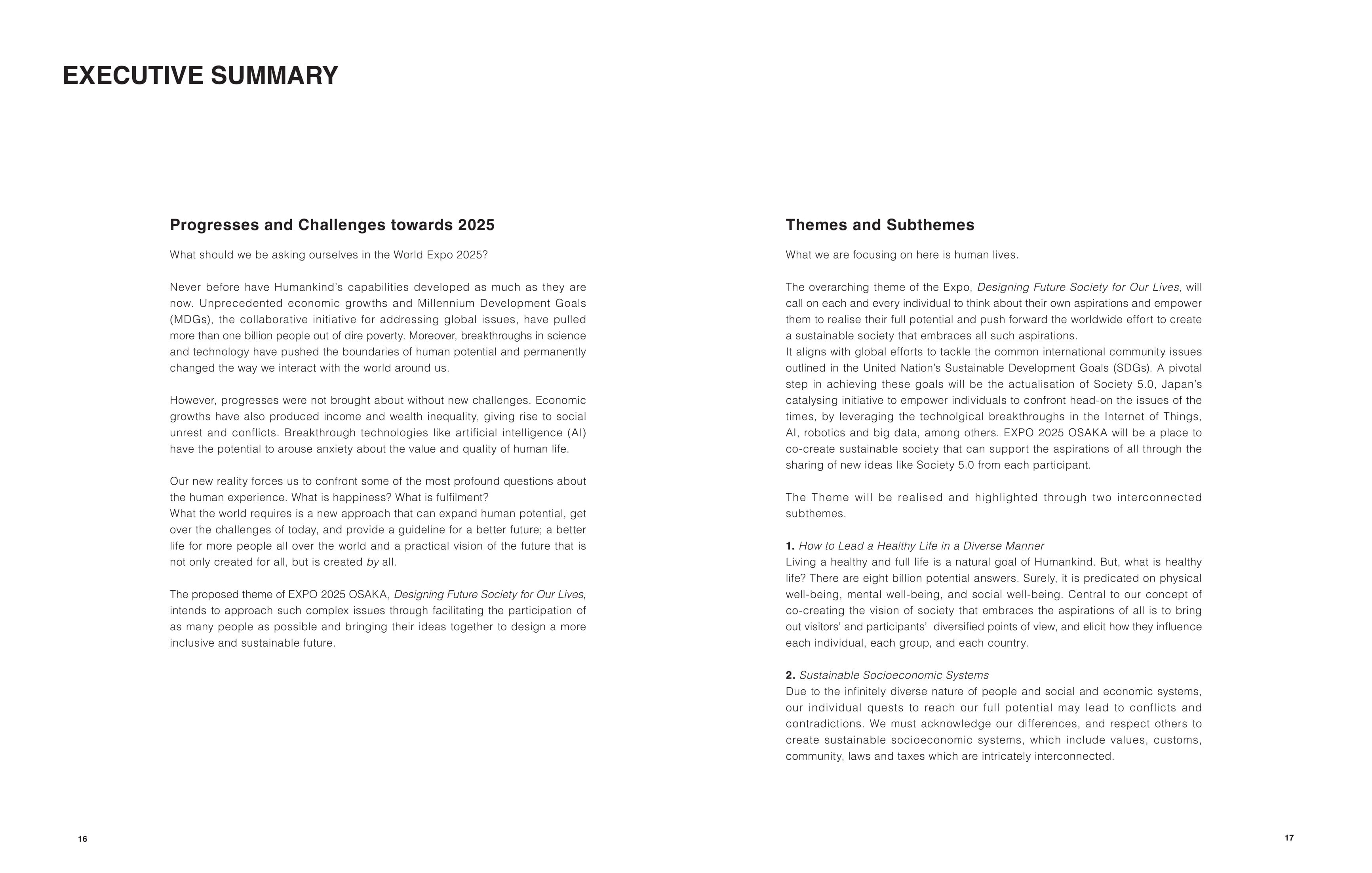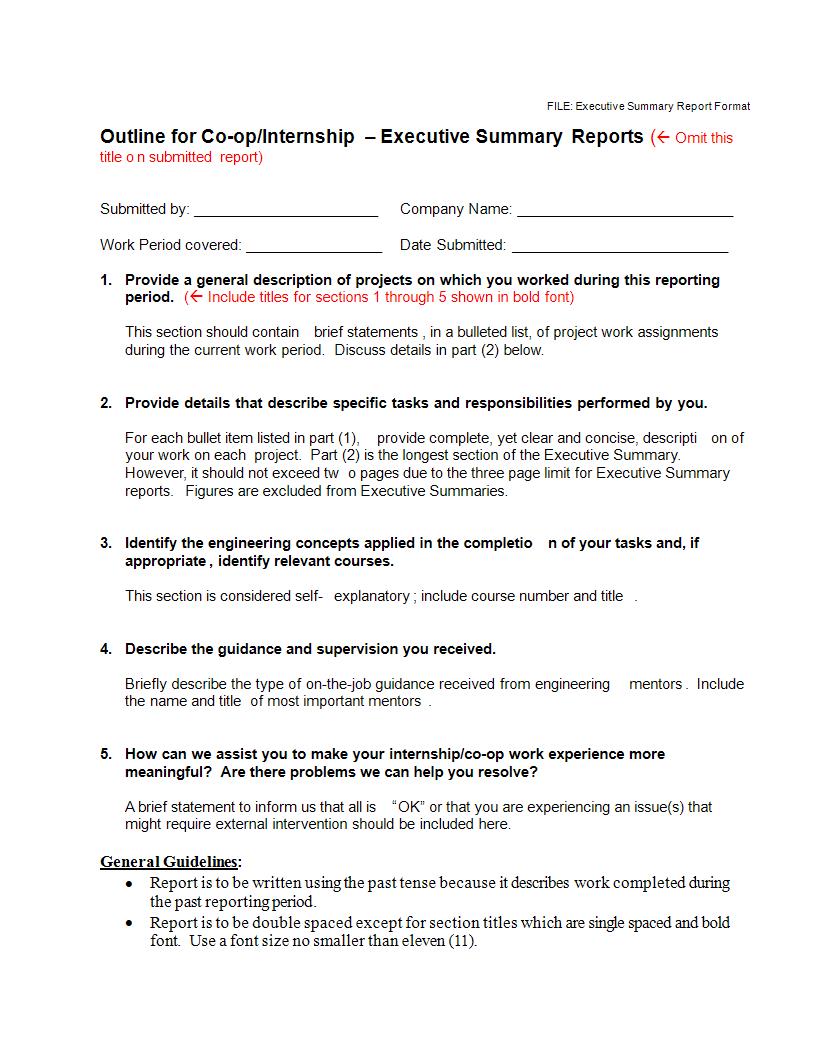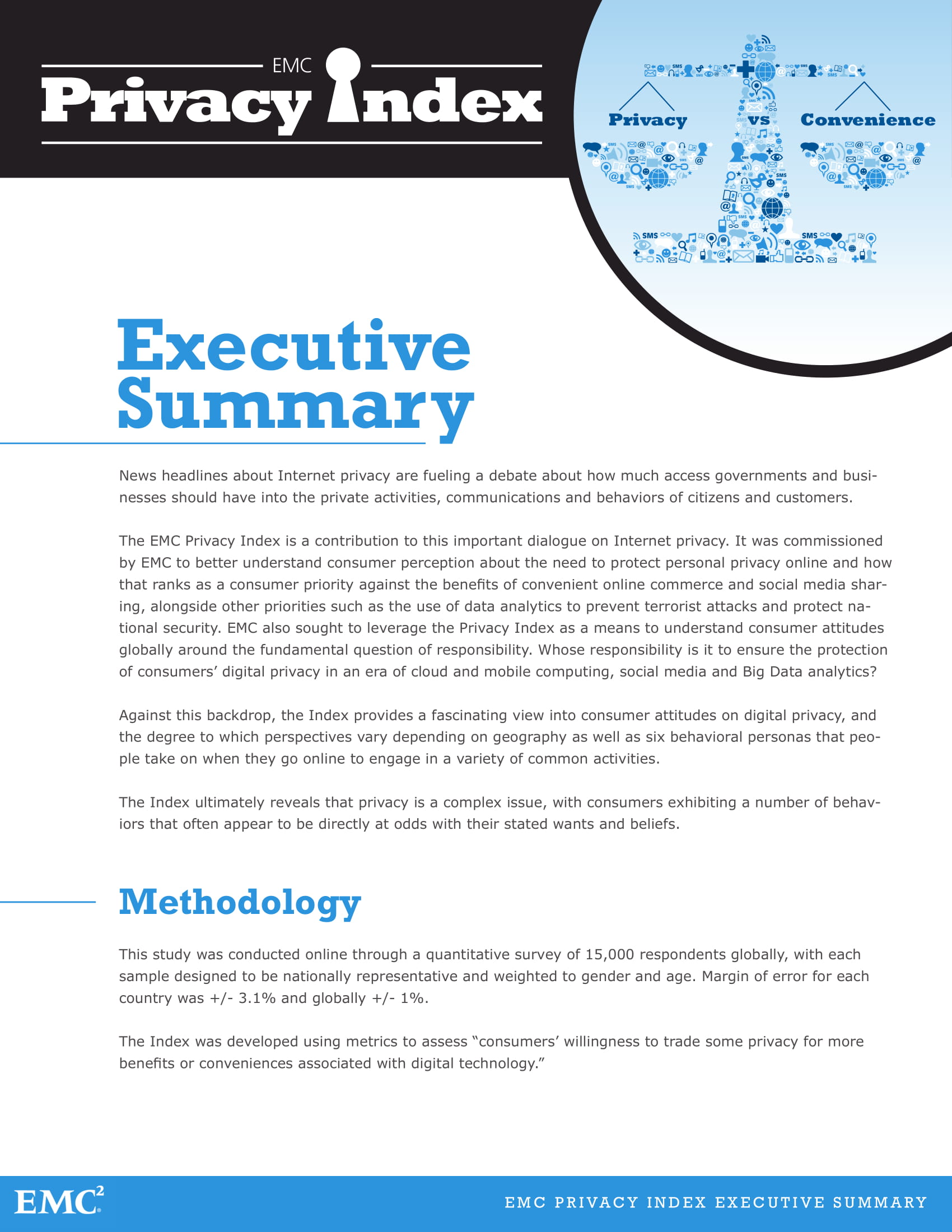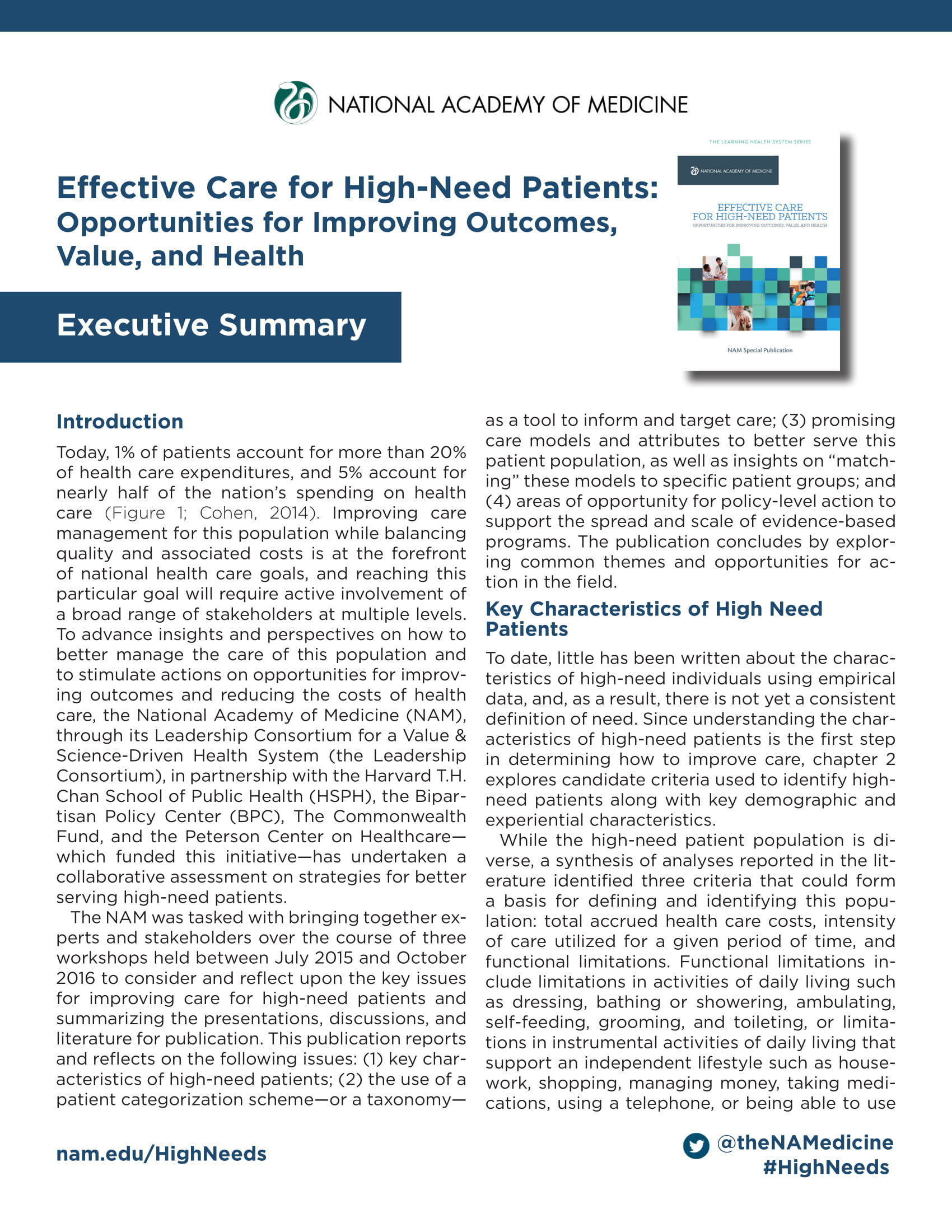37+ Executive Summary Examples to Download
An effectively structured background or context will be able to stand on its own, meaning it breaks down the topic into informative paragraphs. It contains all essential and relevant information and data that will help the reader comprehend your business report as a whole. With that said, it is natural for documents to have an executive summary. It is the compact and precise version of all the essential details on your record. It is more than just an introduction because it is a complete document on its own.

25+ Executive Summary Samples
1. Executive Summary Report Template
2. Executive Summary Proposal Template
3. Marketing Plan Executive Summary
4. Executive Summary Startup Business Plan Template
5. Project Executive Summary Template
6. Research Report Executive Summary Template
7. Executive Summary Template
8. Startup Executive Summary Template
9. Healthcare Executive Summary Template
10. Proposal Executive Summary Template
11. Business Plan Executive Summary Template
12. One-Page Executive Summary Template
13. Product Launch Executive Summary Template
14. Construction Project Executive Summary Template
15. Free Project Charter Executive Summary Template
16. Executive Summary Template Example
17. WHO Executive Summary Example
18. Work Inequalities Executive Summary Example
19. Risk Management Executive Summary Example
20. Foundation Executive Summary Example
21. Data Revolution Executive Summary Example
22. UN Executive Summary Example
23. Executive Summary Format Example
24. Annual Report Executive Summary Example
25. Fifth Quarterly Report Executive Summary Example
26. Integrated Framework Executive Summary Example
27. Work Plan Executive Summary Example
28. Basic Executive Summary Example
29. Report Executive Summary Example
30. Program Plan Executive Summary Example
31. Committee Meeting Minutes Executive Summary Example
32. Final Report Executive Summary Example
33. World Expo Plan Executive Summary Example
34. Executive Summary Report Guide Example
35. Surgeon General Report Executive Summary Example
36. Privacy Index Executive Summary Example
37. Proposal Executive Summary Example
38. High Needs Patient Care Executive Summary Example
What is an Executive Summary?
An executive summary is a section found in most consolidated documents. It is a brief yet comprehensive synopsis of the major points in the document as a whole. It provides the readers a background about what the purpose of the proposal or report without going further in. It basically highlights the key points made in the document and is intended to stand on its own without needing supporting pages.
Importance of an Executive Summary
According to the article posted by Accion, the importance of an executive summary includes highlighting the strengths and accomplishments, making the company motivated to thrive further. So, as you develop a business plan, it should provide the executive summary at all costs. With this, writing a comprehensive and relevant executive summary report will save the rest of the plan. This will lead you a long way.
How To Write an Executive Summary
Some companies may employ a standard about writing a business plan or reports. Therefore, you must first consult the organization you are writing so that you can tailor it to their requirements. Professional report writing has various considerations. Nevertheless, we give you the most common and effective ways of writing an executive summary. Read on.
1. Keep It Short
For every startup or small business, you have to remember that your executive summary is supposed to be short, but complete. It is meant to stand on its own. Although there is no set standard when it comes to the length of a professional report, as a rule of thumb, it is substantial to make it not longer than 10 percent of the entire document, or simply put; it should be one to two pages only.
2. Use Easily Understandable Language
The language and tone you should use when preparing your executive summary should be professional. Emphasizing the language, it should be easily understandable for your readers. Avoid using technical language as your readers may not understand them since they don’t belong to the same industry as you. You should also avoid using business buzzwords and jargon in this type of annual report.
3. Use Bullet Points and Subheadings
Create an outline using bullet points and subheadings in your executive summary. This will help your readers easily and efficiently scan the contents on your executive summary. It will make it easier for them to find what they are looking for. Aside from that, it makes your executive summary look clean and professional. Remember that a clean format will be one of the deciding factors for your management and business plan.
4. Avoid the Use of First-Person Pronouns
The main goal of your business plan as a whole is to write for your audience and convince them of your smart goals. Even if you’ve done your research for a project report, but the content is all over the place, you will still likely miss the point. Too much usage of the first-person pronoun “I” makes the executive summary less personal. Also, it can undermine your persuasiveness; it can discourage your readers since it can make you look like you are more centered and focused on your own personal goal instead of focusing on helping the consumers and the business goals.
5. Organize in Order of Importance
There is no set rule when it comes to the appearance of your content. Visual representations are not mandatory. But it is essential to organize your content to emphasize your points. Use the first part of your executive summary to highlight what you want to get the most attention. Then, use the next paragraphs to emphasize other points according to their importance. This can also make your report more cohesive and easy to read.
6. Proofread and Edit
You should never let your readers read an unedited document. Proofreading your proposal executive summary and the whole document as a whole will make you spot what things can be left out, spot misspellings, grammatical errors, etc. Generally, it’s a strategy that you must comply with. So, editing it to perfection will help leave an impression to your readers that you have taken your time to produce a well-written document.
FAQs
What are the elements of an executive summary?
An executive summary is divided into different sections. It includes the key points, the purpose of the monthly report, significant points, evaluation of results, and conclusions.
How long must an executive summary be?
An executive summary’s length depends on how long the business plan is. So, check your investment proposal for reference.
How is an excellent executive summary defined?
A good executive summary is defined as short yet informative. It must be professional and error-free. But more than that, it must be an overview of the whole document you are trying to create.
Preparing a document for business purposes is crucial. Aside from it being comprehensive, it must be relevant and direct. So, when you start to create your executive summary, you can always look and read the steps above. Whether for strategic plan or marketing projects, it must be straight to the mind of the management.


